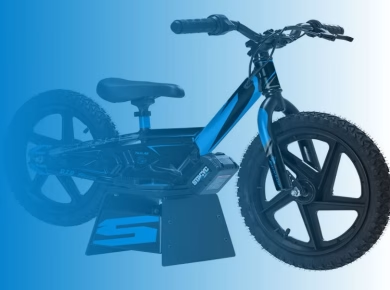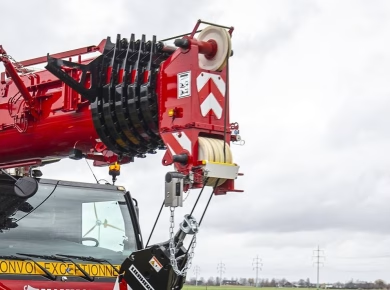Every seasoned professional in the forestry and construction industries knows the importance of personal protective equipment (PPE). Among the essentials, a chainsaw helmet stands out as a critical safeguard against head injuries. Yet, one feature often overlooked can make or break its effectiveness: the visor. Without a proper visor, a chainsaw helmet is just a helmet—an incomplete solution in a field where every detail matters for safety.
The Crucial Role of Visors in Chainsaw Helmets
The visor on a chainsaw helmet serves more than just an aesthetic purpose. It acts as a frontline defense against flying debris, which can be a common hazard when felling trees or using chainsaws for cutting operations. The last thing any professional wants is to be caught off guard by a piece of wood or metal flying at high speed.
Imagine a scenario where you’re deep in a dense forest, working with a team to clear a path. One of your colleagues is cutting down a tree when suddenly, a branch snaps and flies toward you. If your helmet is equipped with a visor that meets safety standards, you have a better chance of avoiding serious injury. Conversely, a subpar visor can shatter on impact or provide inadequate coverage, leaving your face exposed.
Understanding Visor Standards and Materials
When selecting chainsaw helmets, it’s vital to understand the materials and standards governing visors. Look for visors made from polycarbonate or similar tough plastics that are both lightweight and shatter-resistant. These materials can withstand the impact of falling debris, offering peace of mind.
Additionally, ensure that the visor complies with relevant safety standards such as ANSI Z87.1 in the United States or EN 166 in Europe. These certifications guarantee that the visor has been rigorously tested for impact resistance and optical clarity. A visor that doesn’t meet these standards may not only fail to protect you but could also lead to costly injuries and downtime for your team.
Comfort and Visibility: Essential Considerations
While protection is paramount, comfort and visibility should not be underestimated. A visor that is too dark can hinder visibility in low-light conditions, while one that is too light may not offer adequate protection against bright sunlight or glare.
Choosing a visor with anti-fog properties can significantly enhance visibility, especially when working in humid or rainy conditions. Fogging can create dangerous situations, as it obstructs your view of both the task at hand and surrounding hazards. Invest in a helmet with a visor that has built-in anti-fog technology or consider applying an anti-fog treatment regularly.
Fit and Adjustability for Optimal Protection
Another often-overlooked factor is the fit of the helmet itself, including how well the visor integrates with the overall design. If the helmet doesn’t sit securely on your head, the visor will be misaligned, reducing its protective capabilities. Look for helmets that offer adjustable straps and a snug fit, so you can tailor it to your head size.
Some models even come with a ratchet adjustment system that allows for quick alterations, which can be particularly useful when switching between users or adjusting for different weather conditions. A helmet that fits well will not only enhance comfort but also ensure that the visor remains in the correct position throughout your workday.
Maintenance Tips for Longevity and Safety
Taking care of your chainsaw helmet and visor is crucial for maintaining its protective qualities. Regular cleaning can prevent scratches and maintain clarity. Use a soft cloth and a mild soap solution to wipe down the visor, avoiding harsh chemicals that might degrade the material.
Inspect the visor frequently for any signs of wear, such as cracks or scratches. Even minor damage can compromise its effectiveness. If you notice any issues, replace the visor immediately—it’s not worth the risk of injury.
Training and Best Practices
No matter how high-quality your chainsaw helmet is, it’s essential that all team members are educated on its proper use. Training should cover the importance of wearing the helmet and visor at all times while on the job site, as well as the correct way to adjust and maintain the equipment.
Encourage a culture of safety where team members feel comfortable discussing equipment issues and reporting any damages promptly. Regular safety meetings can reinforce the importance of PPE, including the role of visors, and keep safety at the forefront of everyone’s mind.
Conclusion: Prioritize Your Safety with the Right Chainsaw Helmet
A chainsaw helmet may seem like a simple piece of equipment, but its effectiveness hinges greatly on the visor. By choosing a helmet with a proper visor that meets safety standards, offers comfort, and remains easy to maintain, you can safeguard not only yourself but also your team. Taking these steps ensures that you are fully equipped to handle the challenges of forestry and construction work safely and effectively.
As you consider your PPE options, remember that investing in quality gear pays off in the long run. Safety should never be compromised, and a reliable chainsaw helmet with an effective visor is an essential part of that commitment. Let’s make safety a priority—because in our line of work, every detail counts.


